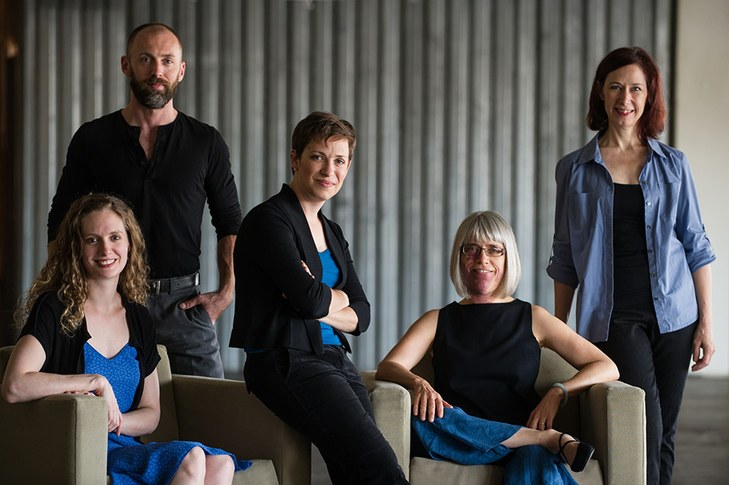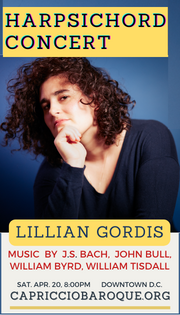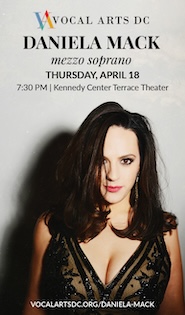A delicious taste of French indulgence from Les Délices

Les Délices performed Sunday at Dumbarton Oaks.
Where better to hear music from an age of decadence than in Georgetown’s most lavish mansion? Dumbarton Oaks, the palatial home turned into a museum and research center, hosted the period-instrument ensemble Les Délices for just such a concert on Sunday evening. The venue’s music room, filled with precious art objects up to and including its ceiling, was the backdrop for obscure, refined music from the era of Louis XV.
Oboist Debra Nagy founded Les Délices in 2009, and her mellow, fluid tone was the rockbed of the group’s sound. She displayed consummate control in Michel Blavet’s Sonata No. 2 (“La Vibray”), even though it was originally composed for flute rather than her instrument. Her fingers bustled through the active runs of 16th notes in the concluding Allegro, and she added exquisite embellishments to the languid Sarabande, matched by diverting continuo realization by harpsichordist Mark Edwards.
In the selections performed by all five musicians, Nagy was equally prominent, her delicate sound matched by the similarly restrained playing of the two violinists, Julie Andrijeski and Adriane Post. Nagy led with musical gestures, often stretching the ends of phrases to fit in breaths gracefully. This elasticity sometimes detracted from the delight of rhythmic regularity in dance pieces, but it also enlivened some of the duller music by rounding off the squareness of repeated motifs.
Andrijeski and Post showed their chops in Jean-Pierre Guignon’s outré transcription for two unaccompanied violins of the celebrated air “Les Sauvages” from Rameau’s Les Indes Galantes. Andrijeski gave earthy bite to the melody, while Post wove florid patterns around it, increasing with each return of the refrain. Because of tuning issues, their turn in François Martin’s Sonata No. 1 was less polished, except for a graceful, forlorn rendition of the “Sarabanda” movement.
Rameau’s superior music stood head and shoulders above his lesser contemporaries. Edwards shone in the Troisième Concert from the composer’s Pièces de Clavecin en concerts, giving sparkle and lucidity to the complex harpsichord part. Andrijeski, taking the solo violin part, slithered darkly in “La Timide,” adding something of the verve of a folk fiddler in the percussive “Tambourin” dances that conclude the work.
The best performances of the entire group also came in music by Rameau, a set of arrangements of music selected from the composer’s operas. The two violinists wove together intricate contrapuntal lines with each other and viola da gambist Steuart Pincombe in the entrancing “Entrée de Polymnie” from Les Boréades. The quintessential form of the French grand siècle is the chaconne, and the group’s polished, graceful rendition of the inventive example from Dardanus was endlessly inventive, even in this reduced instrumentation.
Intonation was unsettled much of the first half, mostly between the strings and harpsichord, requiring regular correction. Although problems had mostly been resolved by the Rameau opera set, the Sinfonia No. 1 by François-André Danican Philidor that opened the program suffered. Philidor’s music has a harmonic and contrapuntal density that is virtuosic but also befuddling. The “Pastorella” movement, with first violin and oboe trading phrases over rustic drones, pleased most in its simplicity.
In particular, the chromatic vagaries of the Sinfonia No. 5, taken like the other sinfonia from the collection L’art de la modulation, did not provide a convincing conclusion to this otherwise satisfying program. Another Rameau chaconne, for example, would have been more triumphant than the curious “Aria con variazione” at the end of this piece.
The program will be repeated 8 p.m. Monday. doaks.org







